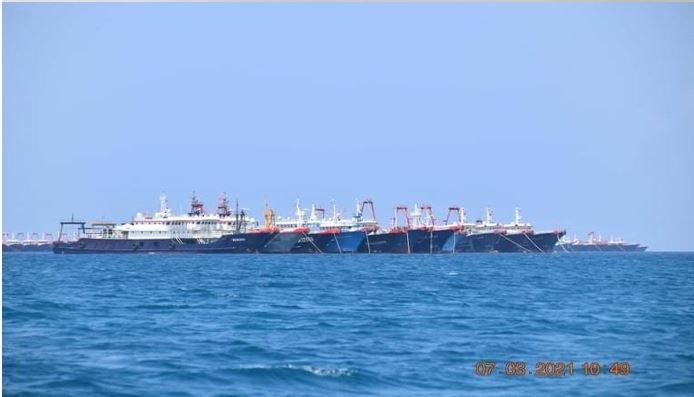Commentary
The current international situation is somewhat similar to how it was before the Second World War in that there’s tension and conflict over the ownership of islands in the Indo-Pacific around China.

The current international situation is somewhat similar to how it was before the Second World War in that there’s tension and conflict over the ownership of islands in the Indo-Pacific around China.